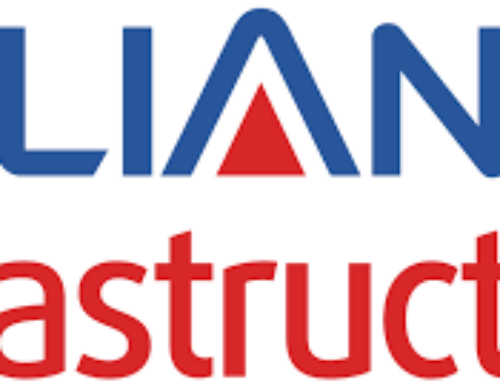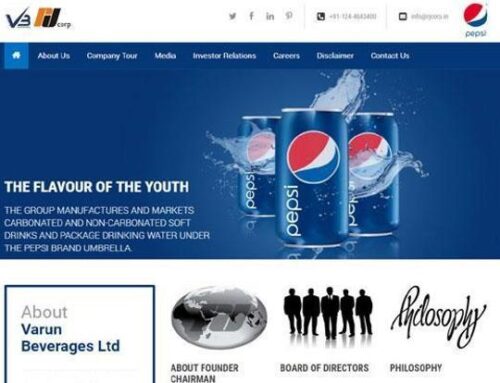
Industry Profile: Mining, as the primary sector of economics, is significant for development, not for employment but for utilization of natural resources. Minerals constitute the backbone of the economic growth of any nation, and India has been eminently endowed with this gift of nature. There is much evidence that the exploitation of minerals like coal, iron ore, copper, and lead zinc has been going on in the country from time immemorial. The Mining industry in India is a significant economic activity that contributes significantly to the economy of India. The GDP contribution of the mining industry varies from 2.2% to 2.5%, but going by the GDP of the entire industrial sector, it contributes around 10% to 11%. Even mining done on a small scale contributes 6% to the actual cost of mineral production. The Indian mining industry provides job opportunities to around 700,000 individuals.
However, the first recorded history of mining in India dates back to 1774, when an English Company was granted permission by the East India Company to mine coal in Raniganj. M/s John Taylor & Sons Ltd. started gold mining in Kolar Gold Fields in 1880. The first oil well was drilled in Digboi in 1866 – just seven years after the first-ever oil well was drilled anywhere in the world, viz. in Pennsylvania state, the USA, in 1859. However, mining activities in the country remained primitive in nature and modest in scale-up until the beginning of the current century. After that, with progressive industrialization, the demand for and hence the production of various minerals gradually increased. After India became independent, the growth of mining under the impact of successive Five Year Plans has been swift. There are ambitious plans in the coal, metalliferous, and oil sectors to increase the production of minerals during the 8th Five Year Plan and after that.
Company Profile: The company was incorporated in 1966. The company is a miner of Zinc, lead, and silver. It manufactures 99.99% pure lead in lead-acid batteries, ceramic glazes, electrodes, etc. It also manufactures silver in photographic material, conductors, jewelry, etc. The company also produces cadmium, whose purity ranges from 99.95–to 99.99%. It is used in Ni-Cd batteries, stabilizers, coating, and alloys. HZL also manufactures sulphuric acid used in fertilizers, dyes, textiles, sugar refining, etc. In addition, it manufactures three qualities of Zinc –– special high-grade Zinc used in construction, infrastructure, household appliances, etc., high-grade Zinc, and prime western Zinc. It is also in the smelting business of Lead, Zinc. The company owns Five mines of Zinc and lead. Four Zinc smelters, One lead smelter, seven sulfuric acid plants, one silver refinery plant, and six captive power plants.
Shareholding Pattern: BSE Data
Financials and Ratios : [table id=73 /]
Future Prospects: Zinc is an essential industrial metal, with many different uses, from galvanization to medical use. It makes it very important in the Automobile industry. Having access to such sources of raw material makes it unavoidable. The company is cash-rich, and the business is also making a good profit. Therefore, it is a must to keep it in the portfolio.



